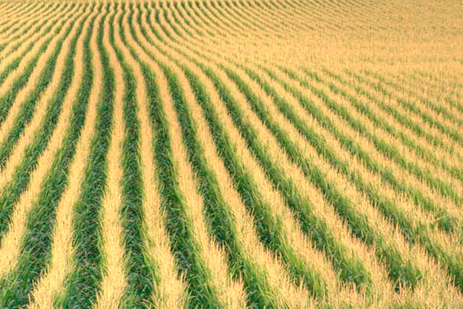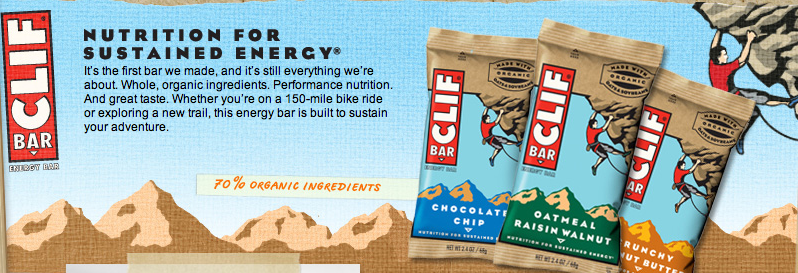(Image Source: http://www.treehugger.com/renewable-energy/corn-ethanol-back-in-the-game-under-new-epa-renewable-fuel-standard-rules.html)
Ok, maybe corn is not in everything but it is hidden away in many foods, especially processed ones. According to the article, “We are What We Eat“, by Michael Pollan, “If you are what you eat, and especially if you eat industrial food, as 99 percent of Americans do, what you are is corn.” Richard Manning also discussed this same topic in his article, “The Oil We Eat“. Both authors point to the fact that much of our corn crops are processed into hugh-fructose corn syrup, a key ingredient in things like soft drinks and other processed foods. Pollan also discovered that 30 out of the 37 ingredients in chicken nuggets are derived from corn! This is a serious problem which has three main facets. First, the amount of oil involved in processing all this corn, according to Manning’s article is about ten calories of fossil fuels per every calorie of food produced. Second, the corn industry has resulted in large monocultures. In fact, according to Pollan’s article, in the U.S. an area twice the size of New York State is blanketed in this corn monoculture. This leads to concerns about biodiversity and well as soil replenishment. Lastly, it is a huge concern for our health. Manning suggests that it is not a coincidence that obesity has risen dramatically ever since corn syrup became a key in ingredient in many processed foods.
Below is a graph showing the rise both in overall sweetner consumption per capita as well as the rise in corn-derived sweeteners (Source: http://grist.org/politics/2010-03-25-corn-ethanol-meat-hfcs/)
So where does this leave me? Well, weary of processed foods. Although I generally don’t eat that many processed foods, these articles have caused me to question where corn is lurking in the products I do consume. At 10 calories of fossil fuels per calorie of food produced, it is definitely something I need to consider when evaluating the environmental impacts of my foods choices.
For instance, as my afternoon snack, I consumed a Clif bar. This also seems to be a company that is devoted to reducing their environmental impact, connecting with the farmers who produce their ingredients and using organic ingredients. However, after reading these two articles I am somewhat more skeptical as to how much energy has really gone into its production. Clif Bar only uses 70% organic ingredients for starters and it also contains a significant amount of soy. Soy can be compared to corn in terms of its production due the enormous amount that is grown and the numerous ways in which it can be processed. On the ingredient list, there is also a number of ingredients near the bottom of the list that I don’t recognize, so it is quite possible that some of them are corn-derived. Even though I recognize that Clif Bar is probably a much safer bet than many other companies due to their commitment to the environment, it is still difficult to be sure that these monoculture industrial crops are not finding their way into these products simple because they are so prevalent.
I also found this very interesting video (posted Below) which further emphasizes how many common place products contain corn:


